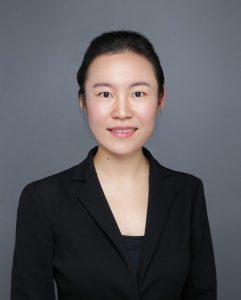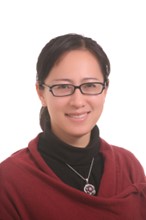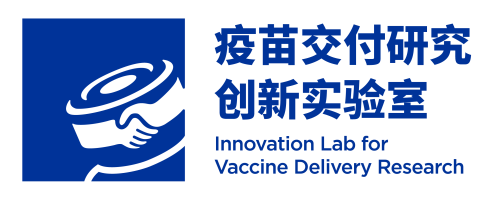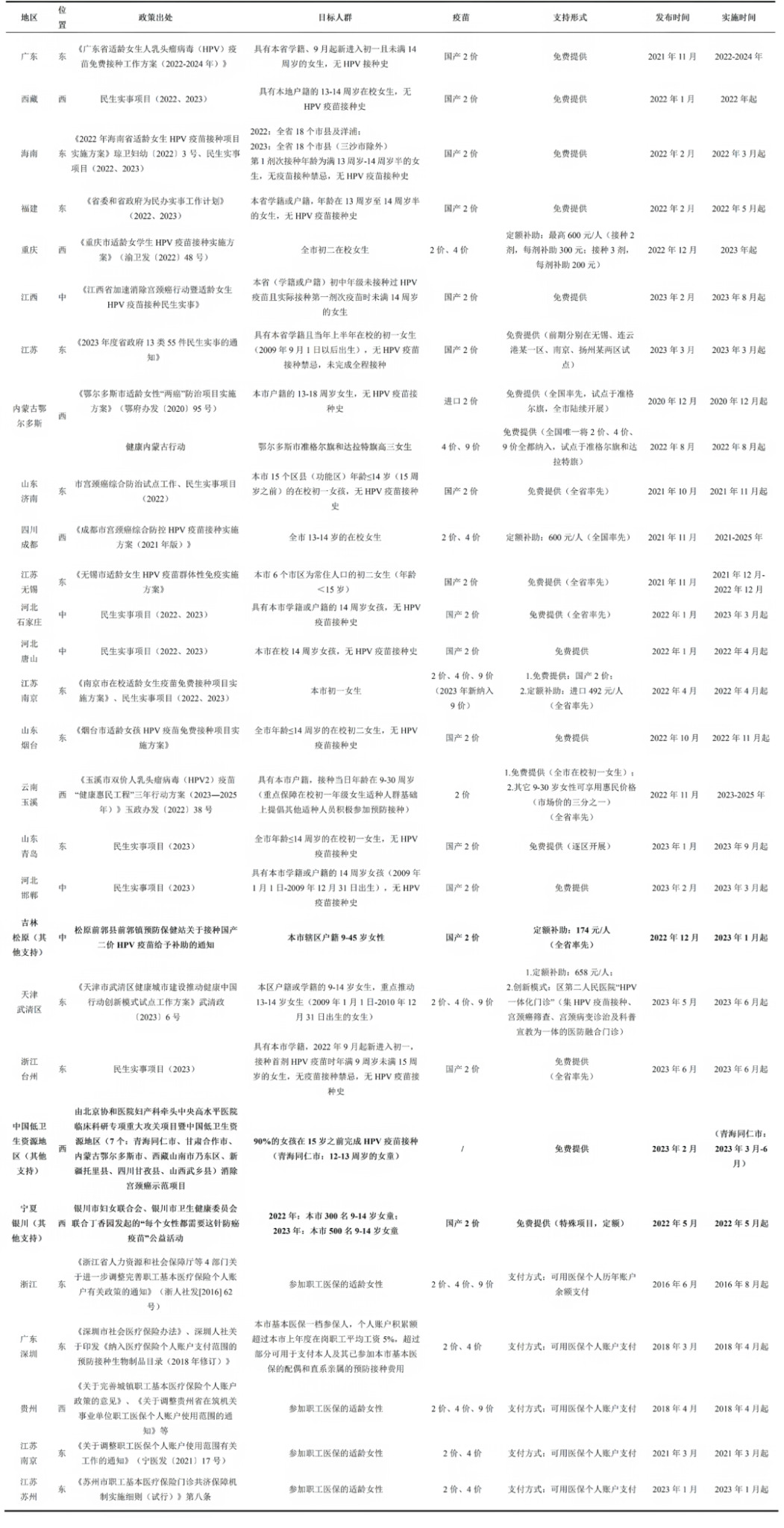Dr. Qiao Youlin, Professor/Doctoral Director, Chinese Academy of Medical Sciences & Peking Union Medical College, Researcher, Department of Epidemiology, Chinese Academy of Medical Sciences/Oncology Hospital, Member of WHO Global Expert Group on Cervical Cancer Eradication, Expert of WHO Strategic Advisory Group of Experts on Immunization (SAGE) HPV Working Group, Expert of International Think Tank on Chronic Disease Prevention and Control, Chinese Society of Preventive Medicine, National Health Science and Technology Commission The first batch of experts from the National Health and Health Commission's National Health Science and Technology Database.
He has been engaged in oncology epidemiology and population control research for 40 years, focusing on the etiology and attributable risk, primary and secondary prevention of cervical, esophageal, breast, and lung cancers. He has designed, led, and participated in many international collaborative studies by WHO, Bill Gates Foundation, NIH/NCI, and other globally renowned research institutions, national cancer attack, science and technology support programs, and national health industry research special projects. He has laid the groundwork for tumor and prevention and control by establishing several large sample population cohorts at high-incidence sites and accumulating a great deal of practical experience in tumor prevention and control. He created a template for cervical cancer prevention and control in the Ordos, which has contributed to the elimination of cervical cancer in China and has been called a "Chinese business card" for cervical cancer prevention and control by colleagues at home and abroad.
